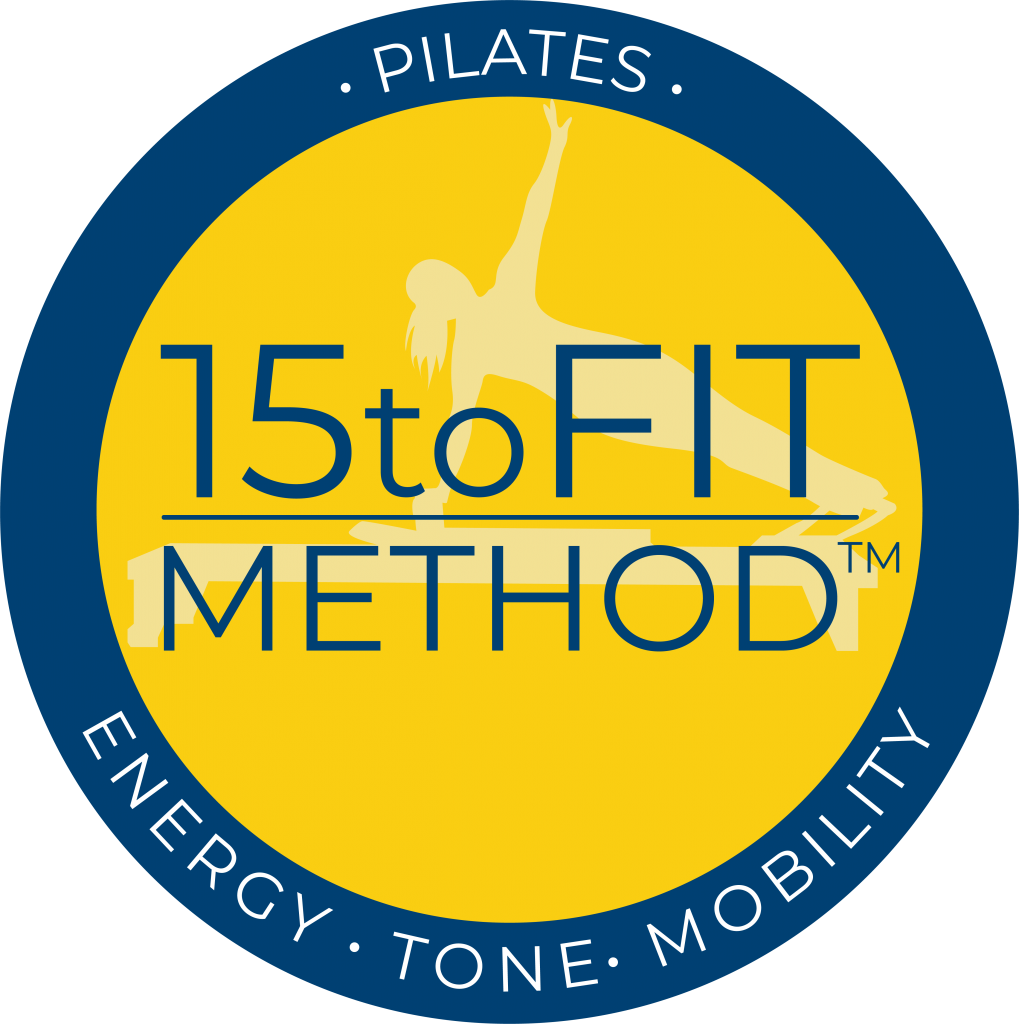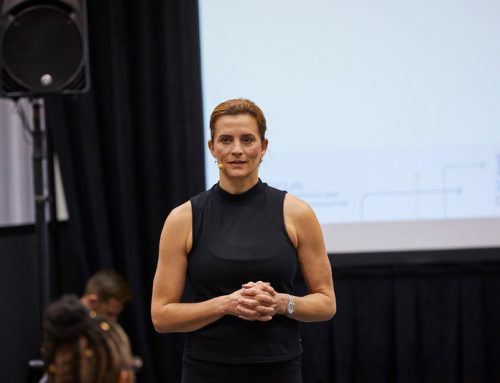As I stated in my last post, there is so much hope as it pertains to overcoming emotional eating. Just as my eating disorder didn’t start in an instant, it wasn’t over with one single choice either. However, the end did have a beginning. During my freshmen year at Ball State I had a crazy-fun, wild roommate. Cassie was tall, thin, blond and gorgeous. She was a Heather Locklear look-a-like. I wanted to hate her but she was so dang funny I couldn’t help but want to hang out with her. She also struggled with eating issues. I’d say she was more on the anorexic side but she also dabbled with binging and purging. She had a rough time growing up. Her mom died when she was about 12. We would talk about our problems, but I was in such denial I never discussed my Dad’s drinking and the difficulties it cause in my life with her.
One day while talking to Cassie I was flipping through some magazine. I started reading an article on anorexia and bulimia. There was a summary of sort of the article in a little box off to the side. It stated the effects of bulimia. One was death. I was stunned. I knew one could die from anorexia but never knew anyone could die of bulimia. I was scared. I realized I could actually die a number of ways from bulimia. One way is that my electrolyte balance becomes so off that my heart stops beating. Another, even more horrific, is that the acid from the constant vomiting can erode the lining of my esophagus. My esophagus could explode instantly right in the middle of a purge. I vividly pictured me dying, lying with my head right by the floor of the toilet in the dormitory bathroom. It was a horrible image. I cut the article out right away and hung it up on my mirror. Cassie already knew I was bulimic and a few of my teammates did too but for some reason I didn’t care if anyone that was just visiting our room would see that article. I needed that up on my mirror. I would draw on that vivid image when I felt like binging and vomiting. It just wasn’t worth giving my life to continue living like I was. My reasoning was if I die young, I want it to be doing something cool. Haha! You know, cool, like sky diving or bungee jumping or scuba diving. No way am I going out with my head next to a toilet. I just wouldn’t let that be a possibility.
Hanging that article up on the mirror and proclaiming I was done was a huge leap in the right direction. I still struggled, though. It’s not like I never, ever willingly caused myself to throw up again but the frequency and its hold on me was greatly diminished. I remember riding to a gymnastics meet with my college teammates and one of them talking about bulimia. She didn’t know I had it. She was discussing Jane Fonda and her struggle and gave a completely demoralizing summary of it. Stating, as if she were some kind of authority, people struggle with that their whole lives and never get over it. I remember thinking if Jane Fonda couldn’t kick it with all of her money and power, I was doomed. Simultaneously though, and innately I suppose, I also had a little bit of I’ll show you, too. I guess that was my survival mechanism kicking in. I said to myself I’ll get over it. I lived before and didn’t have it. It’s not a life sentence.
I still struggled with eating for the rest of the season and that following summer when I went back to Iowa. I definitely still had an all-or-nothing mentality in my approach to eating. If I allowed myself one piece of pizza I had to just blow it and eat a ton of it. I’d tell myself, “It would be the last time I would eat pizza. I was going to clean up my eating for good after this one last binge.” Making up my mind not to vomit reduced my overeating quite a bit though. If I knew I was keeping my food I wouldn’t eat to the point of pain. It lessened the amount of food I could eat.
My coach Mary knew I was bulimic. Another huge motivation for me to overcome bulimia came from her. We were talking in her office one day before practice. She lovingly, or not so lovingly told me that my scholarship was in jeopardy if I didn’t overcome it. WAIT! What?! No way am I going to live in Clinton, Iowa, as a failed gymnast and college drop out. I said with pride to myself, “I live in Muncie now!” Muncie was a sprawling metropolis of fun compared to where I grew up, plus my dysfunctional parents weren’t in Muncie. Mary set me up with a nutritionist to help.
I met with the Ball State nutritionist. She offered nutrition advice on how to eat healthy and fuel my body properly. She also offered me encouragement. I remember her telling me that I was a beautiful girl. She used a little bit of scare tactics too. She stated, “You have gorgeous teeth and a beautiful smile. If you continue with bulimia your teeth will be ruined. It rots your teeth and causes them to turn brown. You can’t reverse it. Is that what you want for yourself?” I think this tough love approach really helped me. I was angry when she said it, even though it was what I needed to hear. Although the purging was getting under control the over-eating wasn’t. Her calorie prescription was detrimental to me. I was an extremely active 18 year old. We practiced gymnastics four hours per day. I also probably walked the equivalent of three to five miles per day just walking to class. I was 5’9″ and weighed about 150-155. She told me to eat 1200 calories per day. I did my best to stick to this allotment. I would leave lunch incredibly hungry but figured if this is what she told me to do, I needed to follow her advice.
To put this woefully minimal calorie prescription in perspective, I’ll fast forward about 8 years. When I was 25 years old I worked at the National Institute for Fitness and Health in Indianapolis. This wasn’t your average fitness facility. N.I.F.S did exercise and metabolic testing. I had a basal metabolic rate test, or BMR. Your BMR determines how many calories you can eat per day at rest. That’s not sleeping, but how many calories per day you use to maintain your body weight lying on the couch. At that time, this test involved lying down completely still with your head in what can only be described as a clear helmet the The Jetson’s characters wore. The tester measures your CO2 output and from the results of that measurement gives you a very accurate assessment of your Basal Metabolic Rate. The test stated that I used 1650 calories everyday AT REST. The Ball State nutritionist recommended me to eat 1200 calories! No wonder I couldn’t stick to it long term. Not only did it not account for my activity level, if wasn’t even high enough to maintain my muscles mass if I were lying on the couch all day. The nutritionist was a tiny woman, probably about 5’2″. She had also been a high level figure skater. I’m still grateful for her advice and encouragement. I only wish she would’ve had me tested then or given me a more reasonable calorie goal.
For the next year I did my best to stick to this calorie restriction but of course would fail because I would get too hungry to function. Then I would binge. I was still letting my obsession with food and my feelings of inferiority to my diminutive teammates. I hated being tall and big. I wanted to be tiny and petite like most of my friends. This was not how I was built.
The single biggest piece for me ending my food obsession began when I picked up the book Guide to Overcoming Emotional Eating. I had a brief stint in my life in Texas. I was working but had more free time to myself than I had ever created before. The book was by Geneen Roth and it was as if she were speaking directly to me. She had been overweight as a child, obese as a teenager, anorexic as a teenager and obese as an adult. After years of struggle and torment, dieting and binging, being thin and being overweight she had a moment of clarity and developed the Cardinal food rule to live by, eat when you are physically hungry.
I read through the book voraciously. I had also purchased the workbook. The workbook went in depth about how you felt about food. There were questions in the workbook such as:
What does your fat life look like?
What does your life look like if you are perfectly thin and in your version on your “ideal body”?
What are you gaining by being miserable and compulsively eating?
Geneen Roth chronicled her story. That yes, she had been very overweight, then very thin, achieving her “perfect” life. Except it wasn’t perfect, even when she was very thin. This non-perfect thin life only caused her more despair than before and she became overweight again. Being thin doesn’t magically cure all of your problems. Thin people still have problems. Start behaving like the “thin” life you want. Go after your goals, go after a boyfriend, go after the job you want. You don’t have to wait for your life to start until you’re thin enough. Stop procrastinating.
It was a beautiful, heartfelt message that I needed to hear. I completed the book and over time, the workbook. Of course I didn’t want to always think about all of those crappy feelings. I did realize that I really needed to in order to help myself change. I dramatically changed my attitude about my body. I purposely started mental training and disciplined myself in the following ways:
I changed my mind about being tall and big. I decided that because there was nothing I could do to change it, I might as well learn to like it. I’ve kind of flipped the other way now. I love being tall and strong. It’s actually a lot of fun. I took for granted all the things I had gained about being tall. I challenged that whole mentality that small is better on a daily basis. Small is better for some things, like sitting in an airplane or a car. Tall is better for a lot of things too, like reaching for something, walking into a room and having a presence, not having to wear completely ridiculously high heels just to fit in with the crowd and picking stuff up. Even for gymnastics height was in advantage with long lines and the presentation I had. A leap for someone with long legs looks even more beautiful than someone small and more compact. Of course, my small and compact teammates could flip easier, but I was good too. I was good enough to earn a scholarship. I could be just as good as them, just in a different way.
I went on a media diet. To me a media diet was lessening the amount of time I spent reading magazines and coveting the perfect people and their appearances. It wasn’t until later when I did some fitness modeling how much I realized the images created in magazines are truly art. Even in those days before ubiquitous Photo Shop, no one on a daily basis looks like the images created in glossy photos.
I quit ripping on my image in the mirror. It may sound trite but I purposely quit saying mean things to myself. If I was “feeling fat” on any given day, I’d find something nice to say to myself. “Well, at least my legs work.” “My complexion is clear today.” If I would consider it mean if someone else said it to me, I wouldn’t allow myself to say it either. I certainly wouldn’t say any of that to my friends either. Besides, I was more than what I looked like. Geneen Roth said it best when she said, “Do you want your epithet to say, ‘She was a great dieter?”
You can’t run away from yourself. In other words, I had to start feeling my feelings. I could stuff them away, but I was the one paying the price. Me shoveling food in my mouth because I was furious that my Dad was an alcoholic jerk, didn’t hurt him one single bit. To live the “thin life” version I wanted, I had to work through my emotional garbage. This didn’t happen in one day. It took years but the decision to quit abusing food happened in one day. The application of that decision took discipline and effort. Now it’s such an ingrained habit that it’s pretty effortless most of the time.
I can eat whatever I want, whenever I want, as long as I’m physically hungry. Embracing this idea was the single most critical point to my success. I’ve followed it for the past thirty years, really ever since I read that book. Do I still have days where I eat when I’m not hungry or eat too much? Uh….HELLO! I’m a person. I know about Thanksgiving Day! These days are the exception, not the rule. There are times when I continue to eat when I know I’m not hungry, I stop and say to myself, “You can eat this food whenever you want. There’s not going to be an international shortage of chocolate or pizza or anything else really. We live in America! The land of plenty. Eat these amazing, chocolate truffles when you are hungry again and thoroughly enjoy them then. They will even taste better when you’re hungry.”
This is my story. Some people get really furious when I bring this up. They want to believe being fit and healthy is just easier for some people or that I live like a monk and never eat good tasting food. I love food now more than ever, certainly more than when I tried to control every morsel that entered my mouth. I even eat processed food sometimes. Gasp! Pop tarts are delicious! I eat them as a treat- maybe a box or two per year. I read a story about a 92 year old barefoot water skier that has eaten a Twinkie every, single day for the past 50 years. Do the Twinkies keep him barefoot water skiing? I doubt it. I’m sure healthy living and eating nutritiously the vast majority of the time have. Eating a treat he greatly enjoys and loving his life has helped him more than the Twinkies. I aspire to be like him when I’m 92. However, just slalom skiing when I’m 92 would be enough– bare footing is just straight up crazy!





Leave A Comment